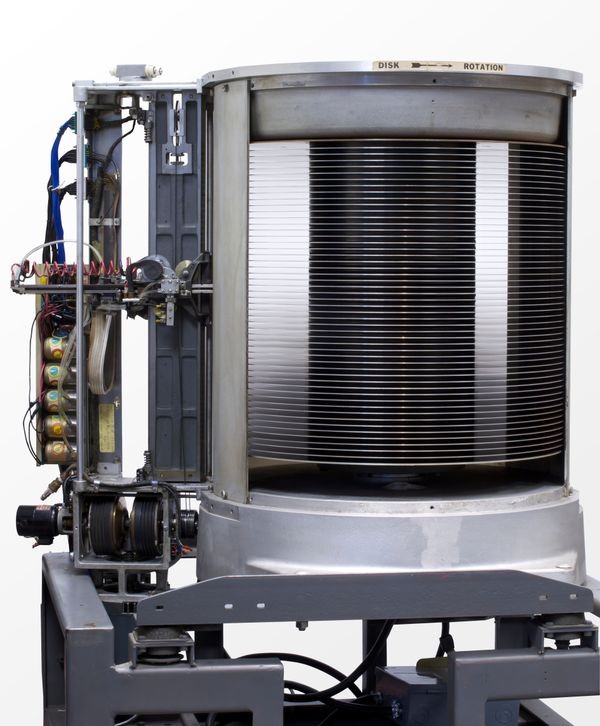
In the late 19th century, the process of data processing was a slow and tedious task that required the use of manual labour and calculations. However, in 1890, the world of data processing was forever changed by the invention of the tabulating machine.
The tabulating machine was invented by Herman Hollerith, an American inventor and statistician. The machine was designed to automate the process of tabulating data from the US census, which was a massive undertaking that required the processing of millions of records.
The tabulating machine was a mechanical device that used punched cards to store and process data. Each card contained holes that represented different data points, such as age, gender, and occupation. The cards were then fed into the machine, which used electrical contacts to read the holes and record the data.
The invention of the tabulating machine had a profound impact on the field of data processing, making it faster, more efficient, and more accurate than ever before. The machine was widely used in the 1890 US census, reducing the time needed to process the data from eight years to just one year.
The success of the tabulating machine led to the formation of the Tabulating Machine Company, which later merged with other companies to form IBM. IBM became a leader in the field of data processing, developing new and advanced technologies that continued to revolutionize the industry.
Today, the principles of the tabulating machine are still used in a variety of data processing technologies, from punch card systems to modern-day computer data storage and processing.
In conclusion, the invention of the tabulating machine in 1890 was a groundbreaking achievement that revolutionized the field of data processing. Herman Hollerith’s invention made it faster, more efficient, and more accurate to process large amounts of data, setting the stage for the development of advanced data processing technologies. The impact of the tabulating machine can still be felt today in the many ways that data is collected, stored, and processed.










